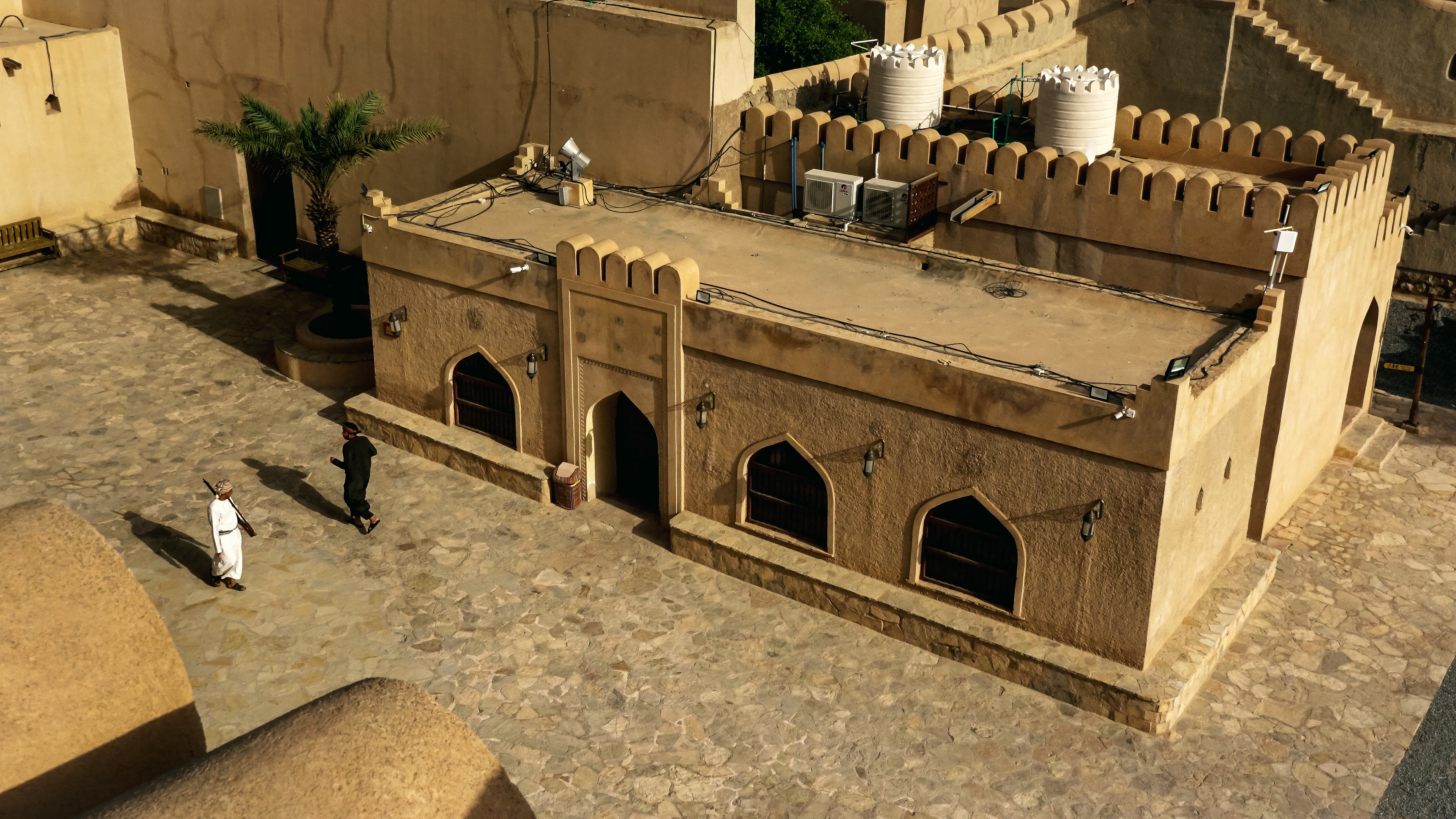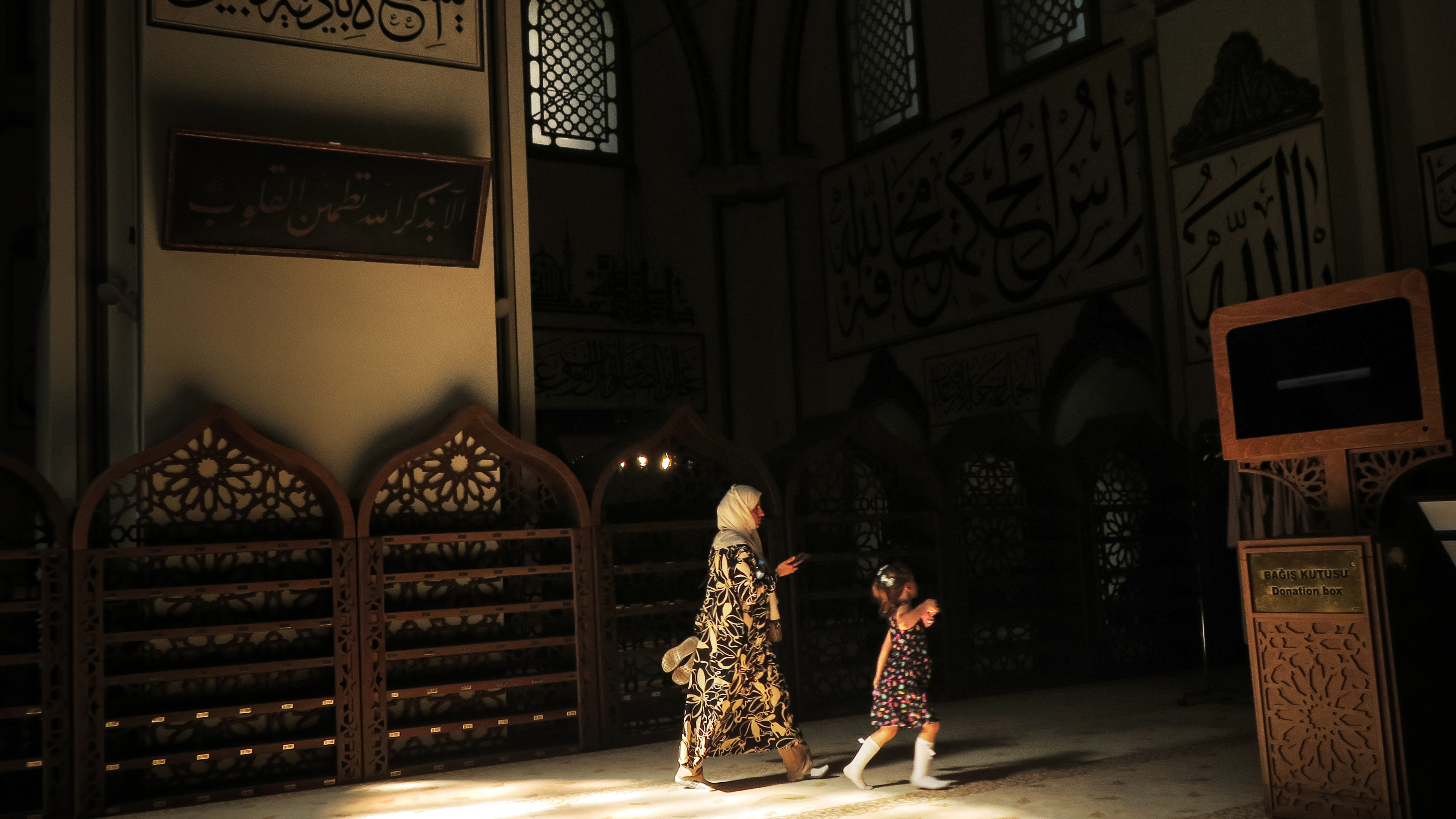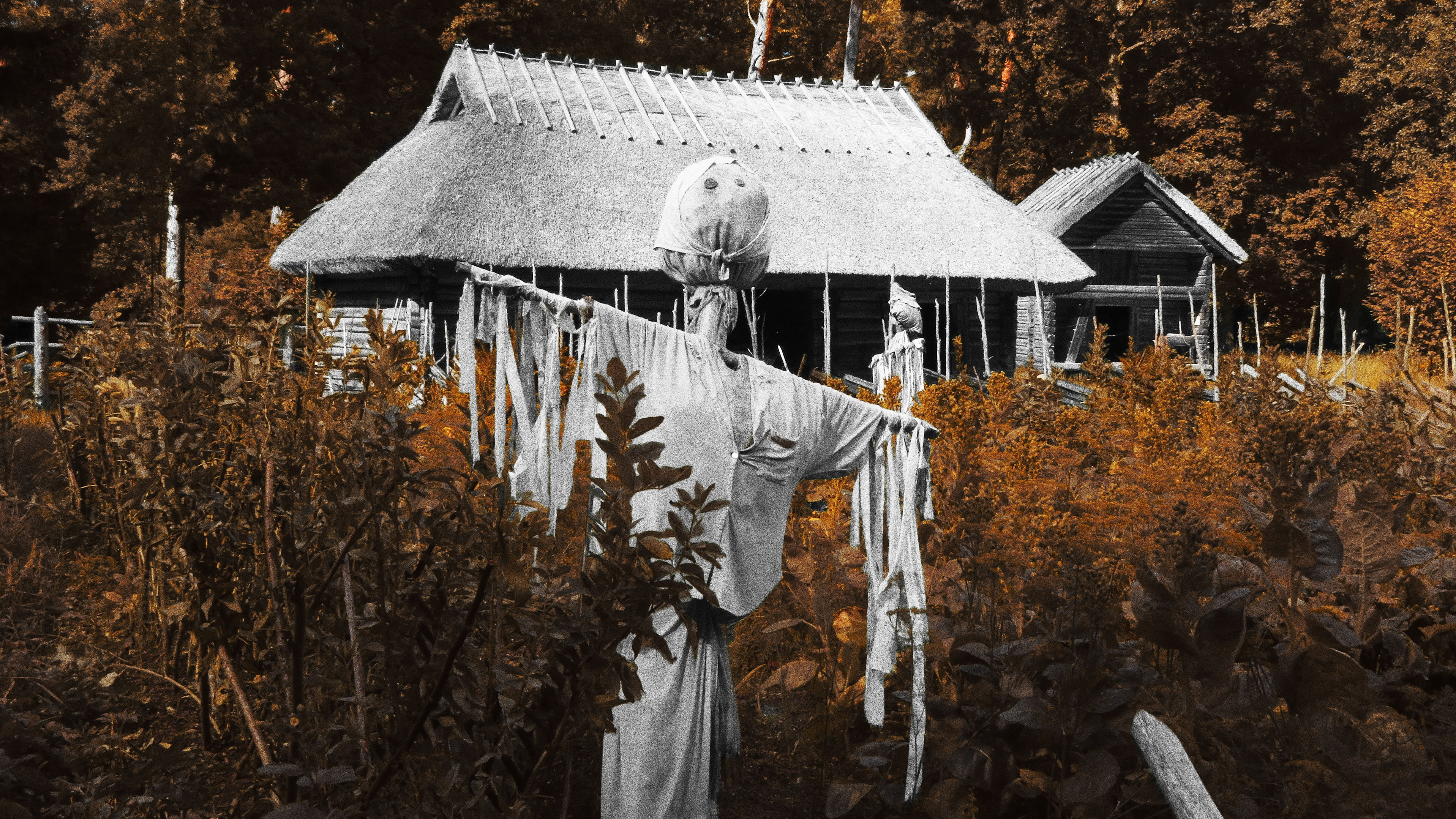Estonia
Estonia's history is marked by a series of foreign dominations and struggles for independence. The region has been inhabited since around 9000 BC, and throughout its history, it has been a battleground for various powers including the Danes, Germans, Swedes, and Russians. During the Middle Ages, it was part of the Livonian Confederation, later coming under Swedish control in the 16th century, and then being ceded to Russia in 1721 following the Great Northern War. Estonia enjoyed a brief period of independence between 1918 and 1940, following the Estonian War of Independence against Bolshevik Russia and Baltic German forces. However, Estonia's modern struggles are perhaps most poignantly encapsulated in the 20th century. The country was occupied by the Soviet Union in 1940, then by Nazi Germany from 1941 to 1944, before being re-occupied by the Soviets. This period saw significant repression, including the mass deportation and execution of Estonians. The Estonian national spirit remained resilient, culminating in the "Singing Revolution" of the late 1980s, a series of peaceful demonstrations that used song to foster national unity and resist Soviet rule. This movement, alongside other Baltic states' efforts, ultimately led to the restoration of independence in 1991, following the collapse of the Soviet Union.


